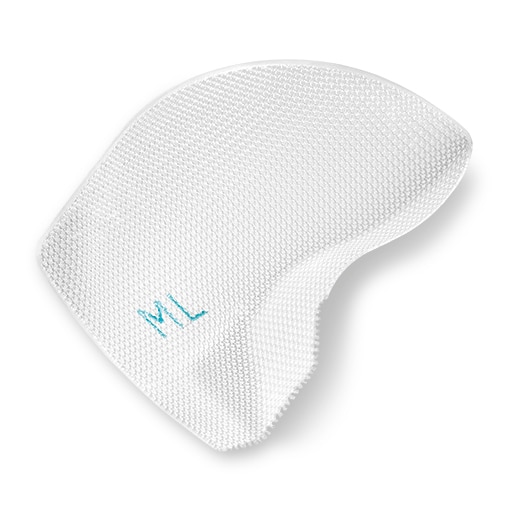Overview
Innovation That Matters
Innovation meets performance in this comprehensive line of synthetic mesh for hernia surgery. Accommodating broad flexibility in preferred techniques and in inguinal, ventral, umbilical, open and laparoscopic surgical procedures, our mesh portfolio combines superior clinical efficiency with positive patient outcomes. This depth and diversity of design allows surgeons to take a patient-specific approach to hernia repair while enjoying the enhanced value of line standardization.
















